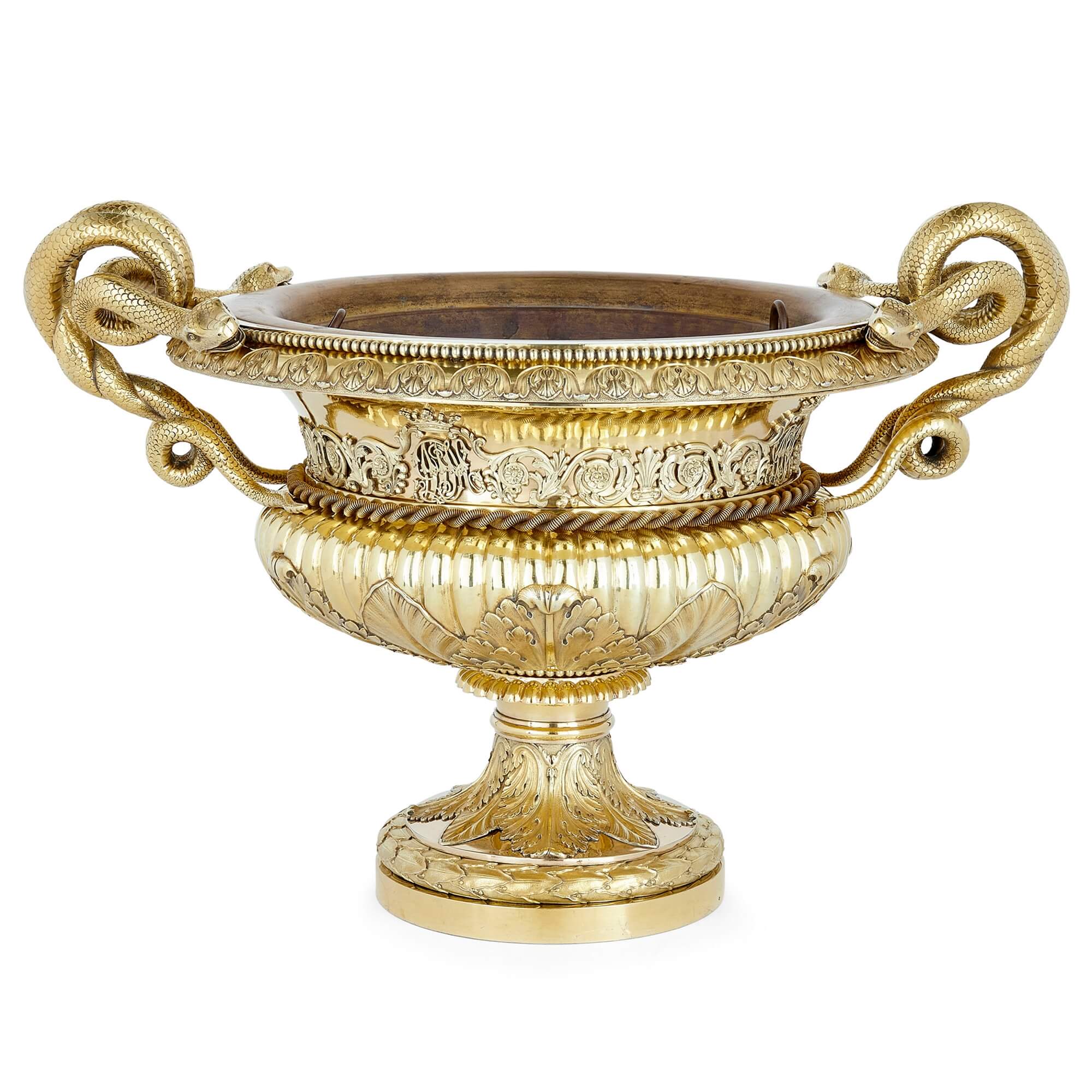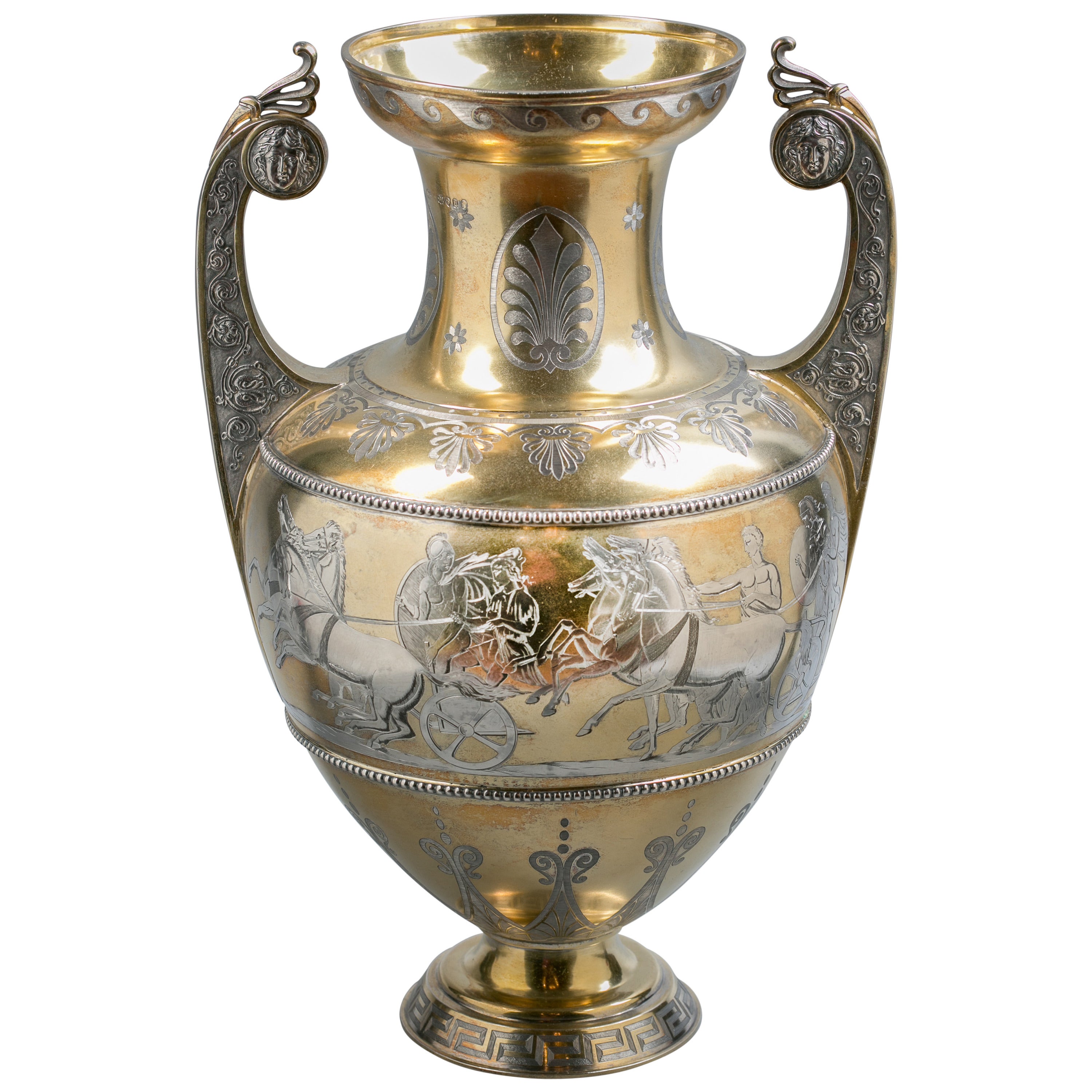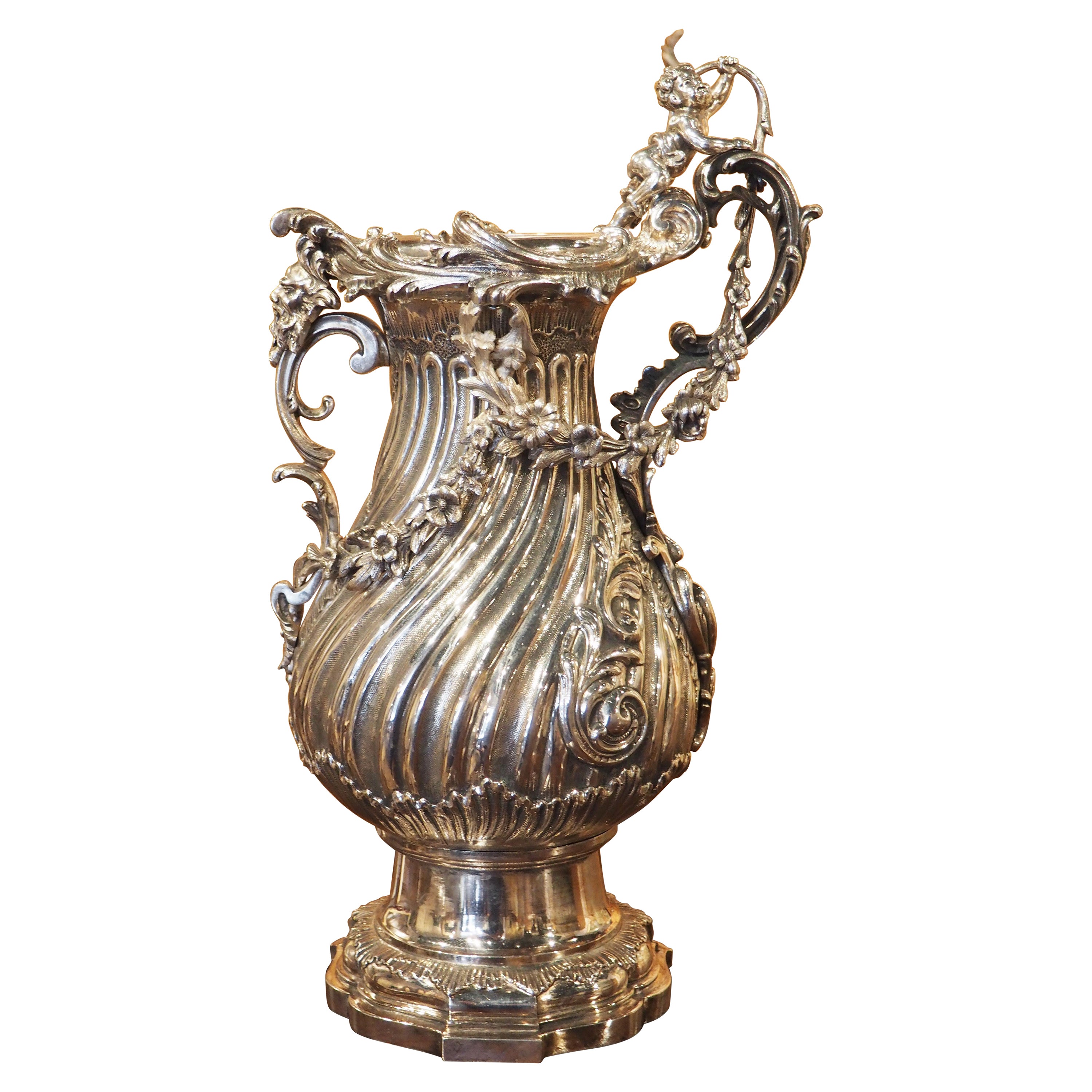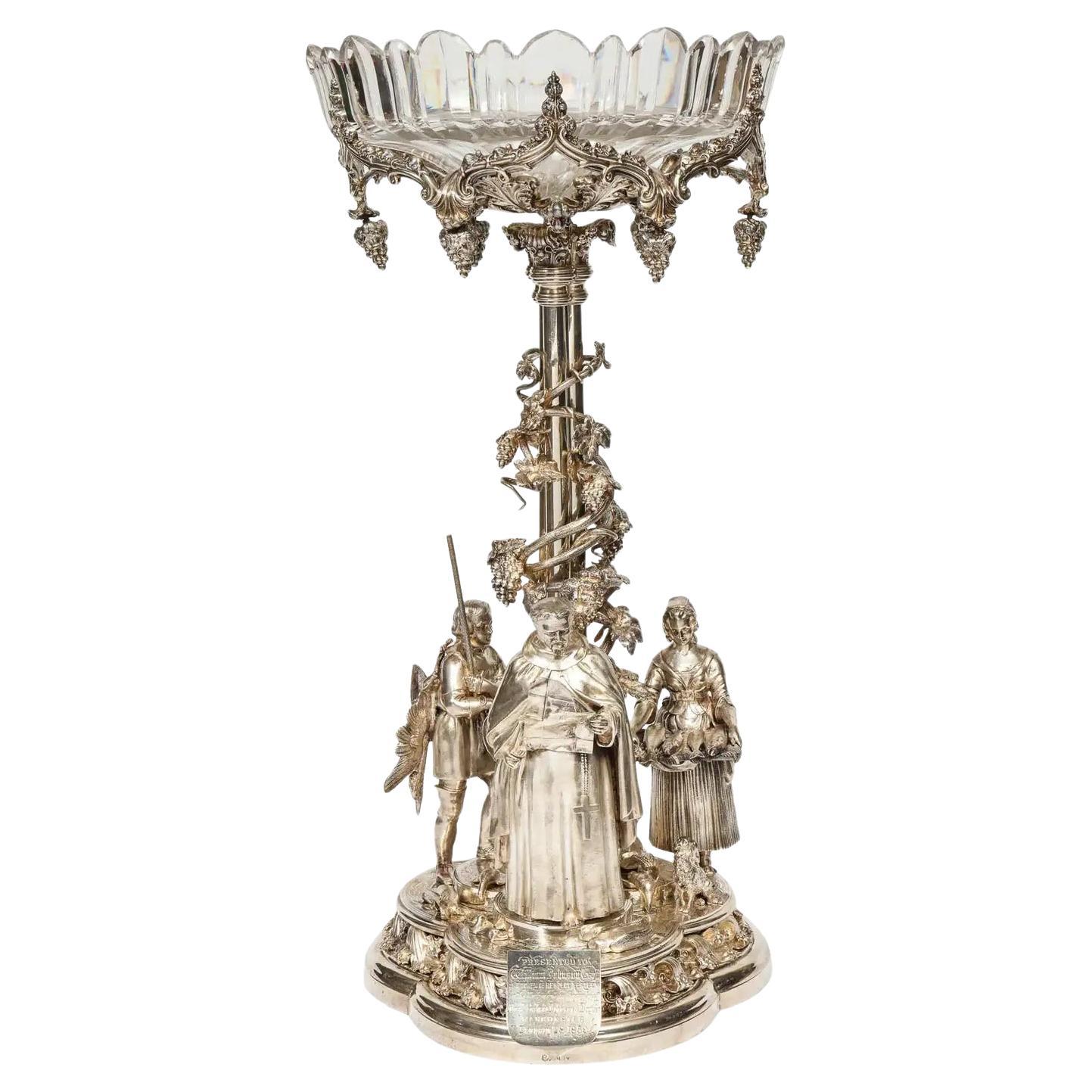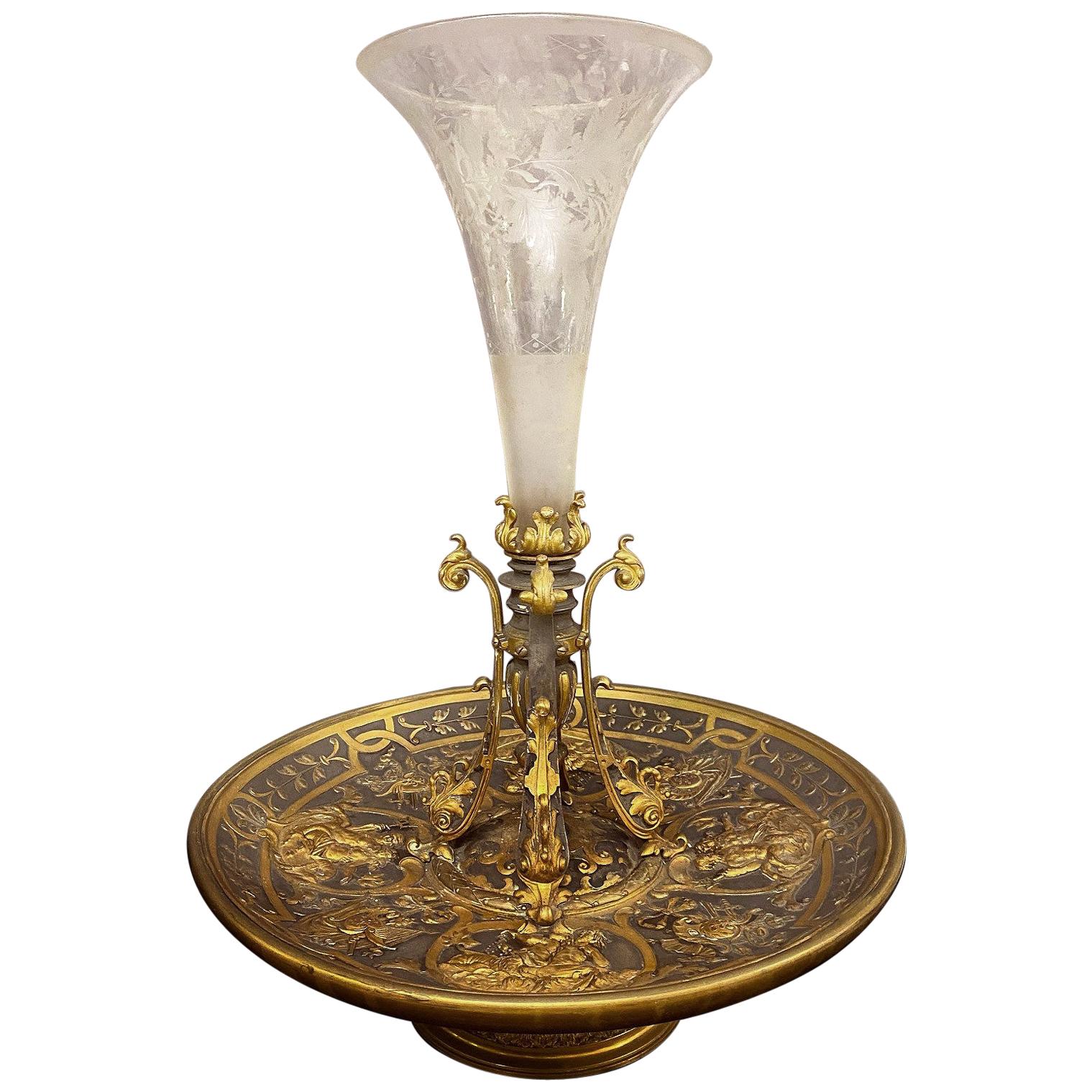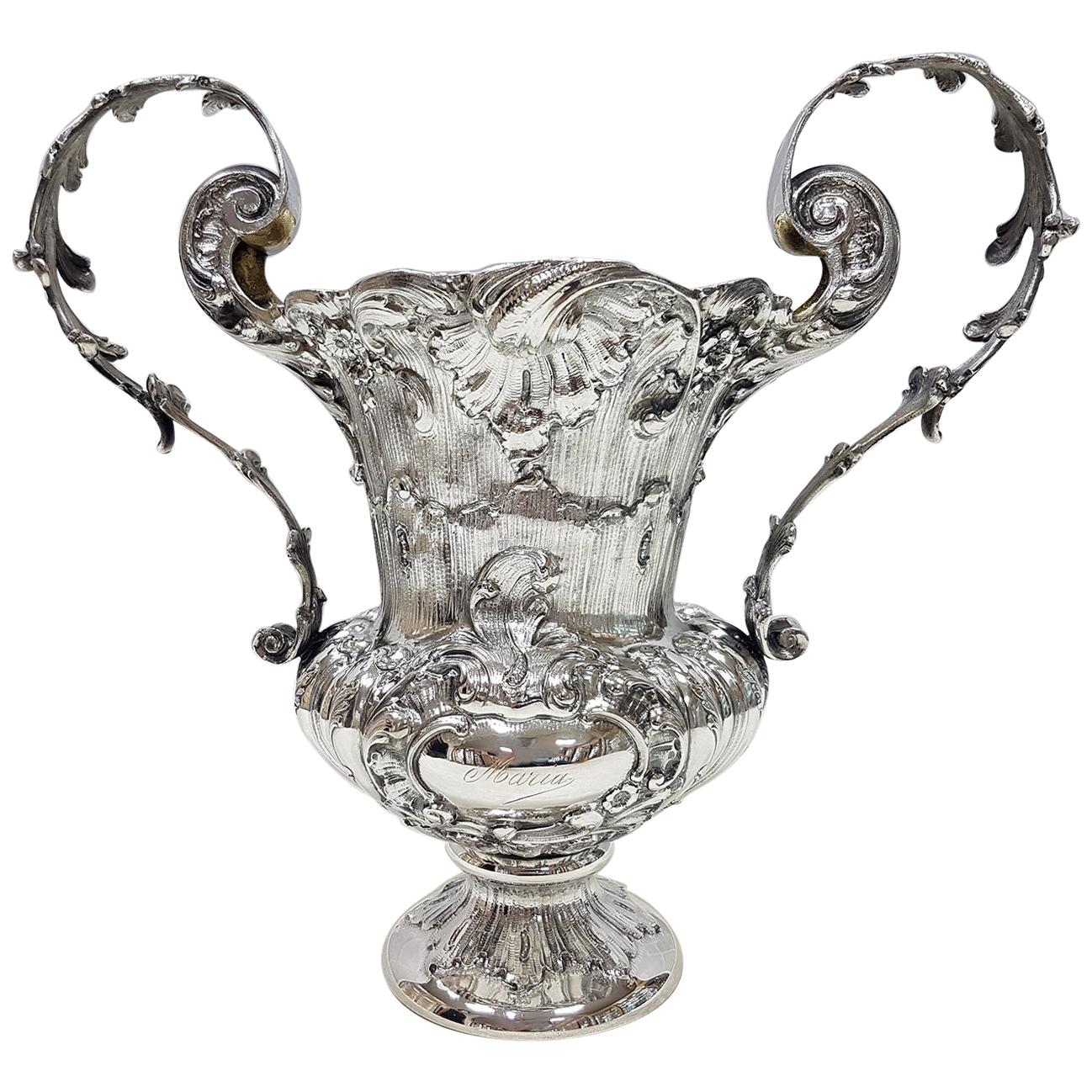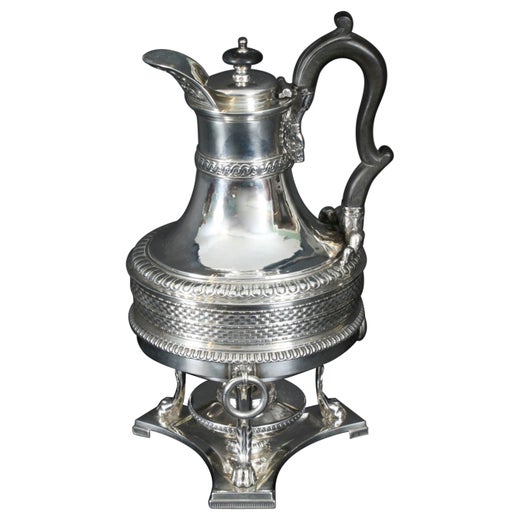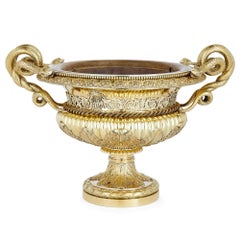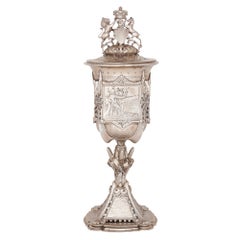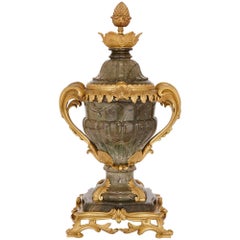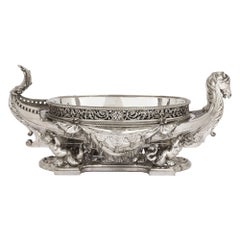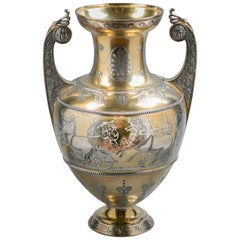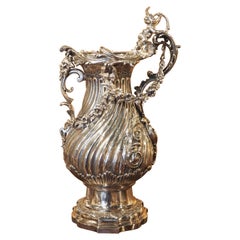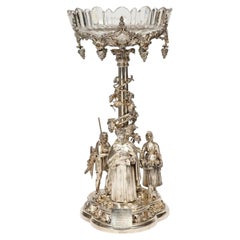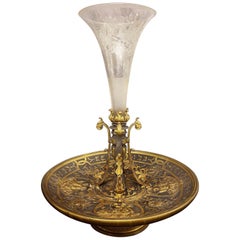Very Large Antique English Silver-Gilt Equestrian Trophy by Paul Storr
About the Item
- Creator:Paul Storr (Maker)
- Dimensions:Height: 34.26 in (87 cm)Width: 17.72 in (45 cm)Depth: 14.18 in (36 cm)
- Style:Georgian (Of the Period)
- Materials and Techniques:
- Place of Origin:
- Period:
- Date of Manufacture:1837
- Condition:Wear consistent with age and use.
- Seller Location:London, GB
- Reference Number:Seller: 178001stDibs: LU956344842722
Paul Storr
Paul Storr was an English goldsmith and silversmith working in the Neoclassical and other styles during the late 18th and early 19th centuries. His works range from simple tableware to magnificent sculptural pieces made for royalty. Storr is credited with perfecting the works, styles and designs of the Regency period. His legacy is a remarkable body of work that spans over several stylistic periods with far-reaching influences. From his Neo-classical masterpieces to his exuberant, ornate vessels, Storr imparted a level of craftsmanship and superior quality that has seldom been seen since.
- ShippingRetrieving quote...Shipping from: London, United Kingdom
- Return Policy
More From This Seller
View AllAntique 19th Century French Neoclassical Vases
Silver
Antique Late 19th Century English Victorian Sterling Silver
Silver
Antique 19th Century French Rococo Urns
Marble, Ormolu
Antique Late 19th Century French Neoclassical Planters and Jardinieres
Bronze
Antique Late 19th Century French Rococo Vases
Ormolu, Bronze
Antique 19th Century French Neoclassical Vases
Ormolu
You May Also Like
Antique 1860s English Vases
Silver
Antique 1890s French Rococo Pitchers
Bronze
Antique 19th Century British Victorian Centerpieces
Metal, Bronze
Antique Late 19th Century French Belle Époque Centerpieces
Crystal, Bronze
Antique Mid-19th Century Italian Baroque Sterling Silver
Silver
Antique 1810s French Urns
Gold, Bronze
Read More
Exquisite Sèvres Porcelain Brings More to the Table than Dishes
The elegant ceramics represent the best of French artistry and innovation.
What Is Ormolu, and Why Are We Talking about It?
This golden material glamorized neoclassical furnishings and transformed upper-crust sitting rooms from France to Philadelphia in the 18th and early 19th centuries.
